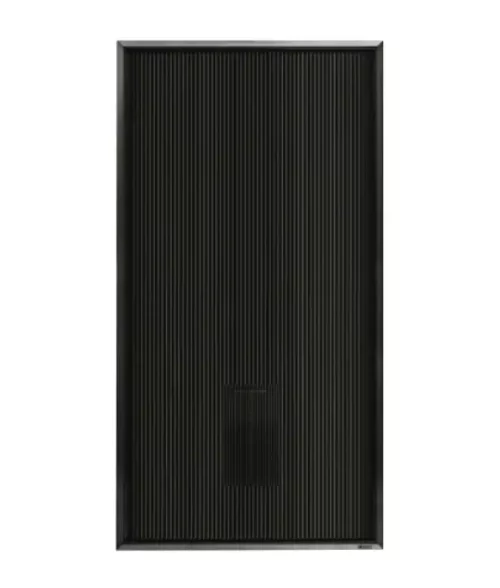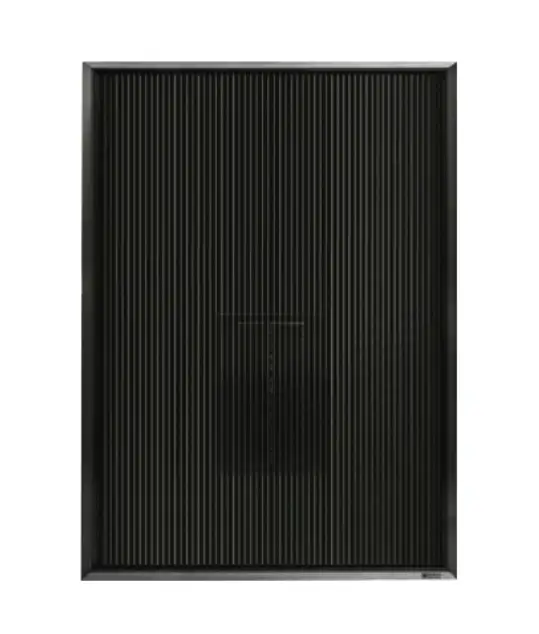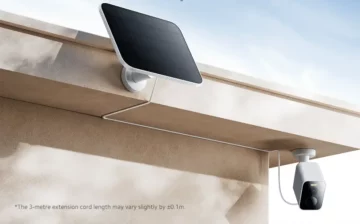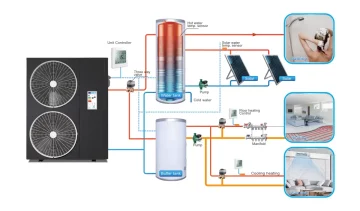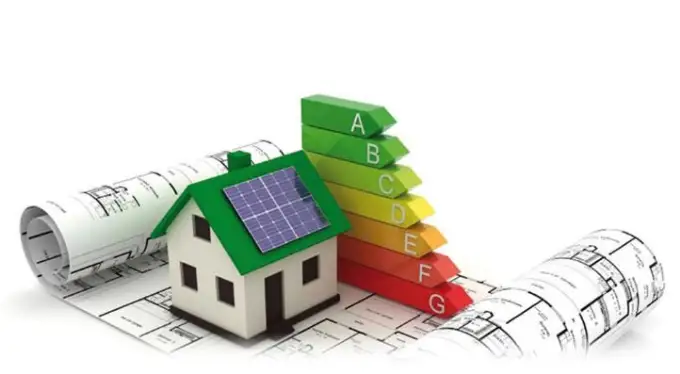What is PID or degradation of solar panels
The degradation of the solar panels, namely the Potential Indated Degradation (PID) leads to a decrease in the effectiveness of the functioning of the batteries over time.In some cases, it can be reversible, but always represents a complex technical problem that requires an immediate solution.
What is PID?
In some cases, highly efficient equipment lost up to 30% of the power declared by the plant in an extremely short time.
The reason for this was polarization – the potential of the solar panels relative to the ground. The grounding of a positive electrode made it possible not only to reliably prevent degradation but also to restore the work of units that have already been subjected to this process.
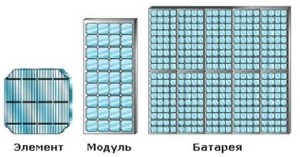
The essence of PID is the appearance of leakage currents observed in the spaces between the semiconductor plates and other components of the module:
- protective frame;
- laminating film or PET material;
- glass.
The module, thus, loses the ability to create a passport output voltage. This result leads to the difference in potentials between the solar battery (the components of its modules) and the mounting structure (stainless steel or aluminum frame).
The process of degradation is subjected to all modules without exception:
- mono- and polycrystalline;
- Smill -fingers.
In each case, it, however, proceeds in a special way and with varying degrees of intensity. The process seems especially undesirable from the point of view that the projects of any modular systems for the processing of solar energy in electrical as well as large solar power plants involve uninterrupted functioning for at least 25-30 years.
An unforeseen significant decrease in their production in the very first years is a catastrophe both technically and economically.
Causes of degradation of solar panels
Studies of the issue helped to reveal that electron mobility increases as temperature and humidity grows.Foreign objects that come into contact with the surface of the photoelectric module also enhance polarization.
It is customary to classify the main reasons for the degradation of equipment:
- features of the structure of the system converter;
- module structure;
- some nuances of the structure of the system;
- The influence of the external environment.
The environment is practically not subject to control, while other factors leading to PID and causing degradation of solar panels can be influenced to a large extent.
The structure of converters of the photoelectric system
The compounds present in the antireflector coating of the panels, as it turned out, can contribute to degradation.Their influence was discovered thanks to modern physical methods of research (secondary ion mass spectrometry), which found sodium glass in the surface space of the coating.
Initially, the coating of this type (ARC) began to be used in order to increase the capture of light rays.Thanks to it, an increase in the coefficient of transformation of the system energy is achieved.
Features of the structure of the Heliopaneli modules
In order to minimize the manifestation of the PID effect, it is necessary to pay special attention to the choice:
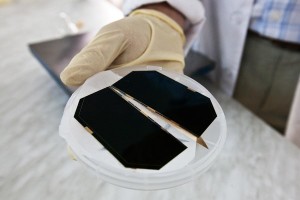
- front glass;
- material intended for encapsulation;
- diffusion barrier.
Studies confirm that some of the most significant factors of degradation are the ingredients of the sodium-license glass, namely those that are absent in the quartz version.
The main such element is considered to be sodium on the fact of its high electrical activity, however, calcium, magnesium and aluminum can also have an effect.
Materials for lamination of modules are significant and differ in conductivity.
- The EVA film (ethylene vinyl acetate) perfectly prevents the polarization and subsequent degradation of solar panels.To date, it is a preferred material for encapsulation of equipment.Acetic acid in its composition may also be a factor responsible for the dissolution of metal ions with the so -called glass corrosion on its surface.
- The PVB material (polyvinylButiral), on the contrary, provokes the activation of the Heliopaneli degradation process.It practically does not resist the flow of fluid, and as a result of the growth of its amount, conductivity invariably increases.
As a material for creating a diffusion barrier between the surface of the glass and the areas of the semiconductor with maximum electrical activity, silicon dioxide is successfully used.It copes with the prevention of the development of processes of leakage currents, however, laser ablation can leave small gaps inside a layer with barrier, which can create certain problems in its functioning.
Features of the structure of the system
At the level of the photoelectric system, the most significant factors of degradation are the input voltage and its sign, which depends on the placement of the module and the typology of grounding. Based on these indicators, the type of inverter is selected.
Depending on the type of grounding, the voltage potential of the module system can undergo significant changes.
Most often, the PID effect is associated with a negative voltage sign in relation to grounding. Thorough studies were also conducted in the field of positive potential.
Capacitive effects play an important role in the formation of dependence between the voltage and degradation of the solar panels. Electric charges during the migration of ions caused by specific electrical phenomena reduce the module efficiency, affecting the semiconductor plates.
In any case, the analysis carried out by the engineers of SunPower indicates that the PID processes are stabilized in a state inherent in each variety of the module.
Impact of environmental factors
Experimentally proven is the fact that the growth of temperature and relative humidity reduce the effectiveness of the functioning of solar panels and power plants based on them. Especially the destructive effect is affected by:
- high humidity and temperature of the medium and equipment acting simultaneously;
- changes in temperature indicators;
- Regularly occurring cycles of thawing and freezing of water.
In the latter case, the leakage current intensifies due to the destruction of the integrity of the laminating film EVA.This leads to a decrease in its resistance to the process of degradation of the panel.
PID determination methods
The main feature of the degradation of solar panels is a decrease in the effectiveness of their work, which is not amenable to explanation.
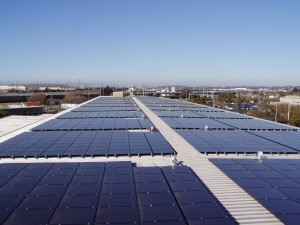
- The easiest way to identify PID in a particular module or their system is the measurement of the indicators of the idle stroke.To carry out it, it is enough to use a regular voltmeter. Often, the process affects only one of the parts of the chain, located closer to a positive or negative pole.
- In the case when access to the chain modules is difficult, the method of electroluminescence helps to detect degradation.
Testing for susceptibility to degradation of modules in specialized certification centers and laboratories is an integral part of modern solar energy technologies.It is also a necessary step for obtaining financing the project in this area.
Irreversible degradation of solar panels
Depending on the nature of the current factors, the degradation of the equipment can be reversible or irreversible.
- The effect of surface polarization, which was faced with employees of the SunPower plant in 2005, belongs to the reversible variety of degradation.It creates a stable accumulation of a static charge on the surface of the parts of the module, which, however, can be neutralized with a return to the full initial power of the equipment.The development of a situation of this type is associated with the transition of sodium ions from frontal glass to photoelectric converters.
- Irreversible degradation is usually caused by violations in the structure of the unit.The temperature changes, especially the cycles of freezing and thawing, the penetration of water and other fluids in a significant volume under the external coating and to ensure the tightness of the laminating film, can affect their appearance.
The process of the first type is often found in systems with crystalline silicon elements, while the irreversible PID is most characteristic of thin -film modules.Its appearance is determined by electrochemical reactions leading to corrosion, damage to the equipment, the stratification of the module constituent elements.
The irreversible degradation of solar panels is a serious problem that threatens the loss of expensive technology and the economic failure of significant and alternative energy sector for projects. This process requires immediate response, identifying the causes of the leakage and minimizing losses.

